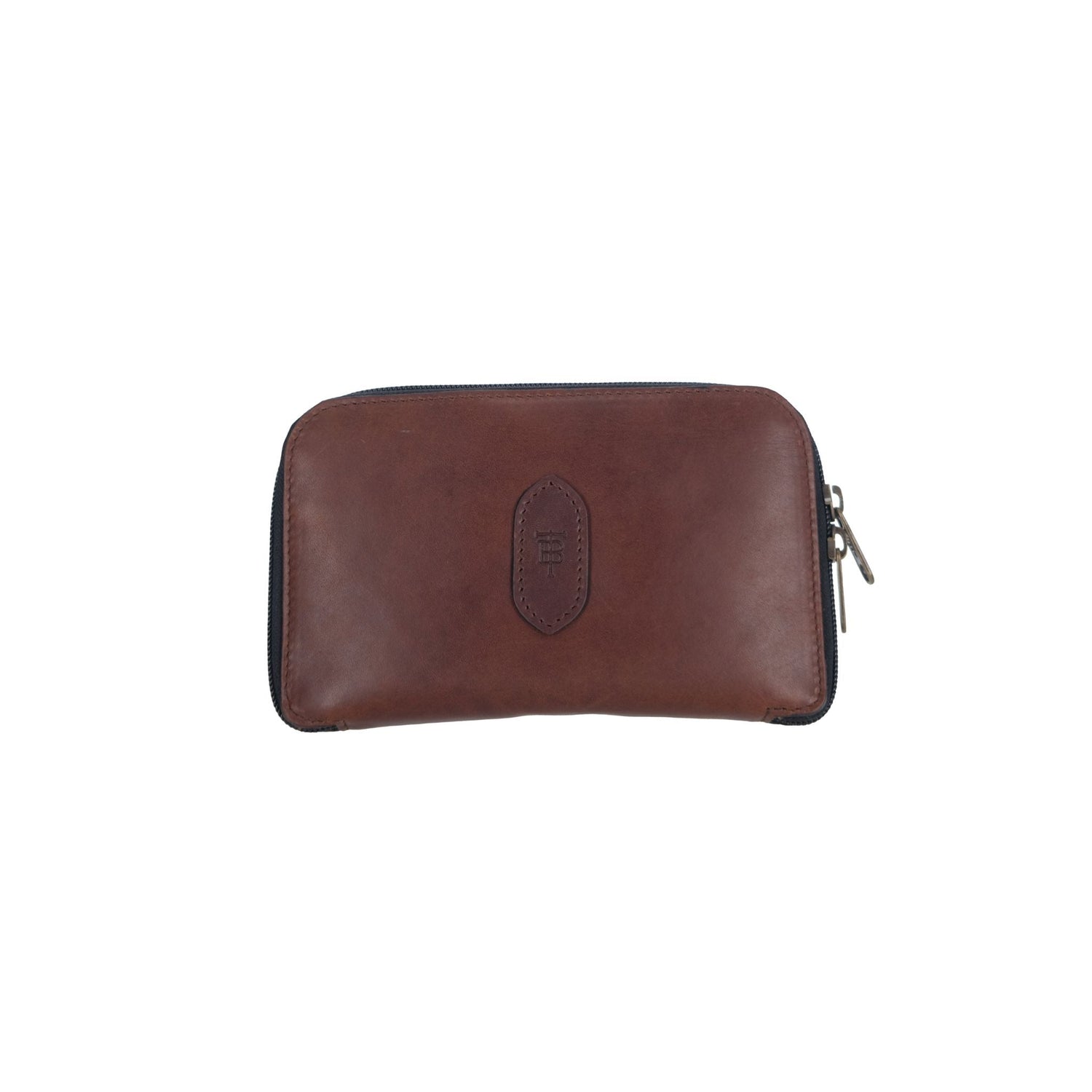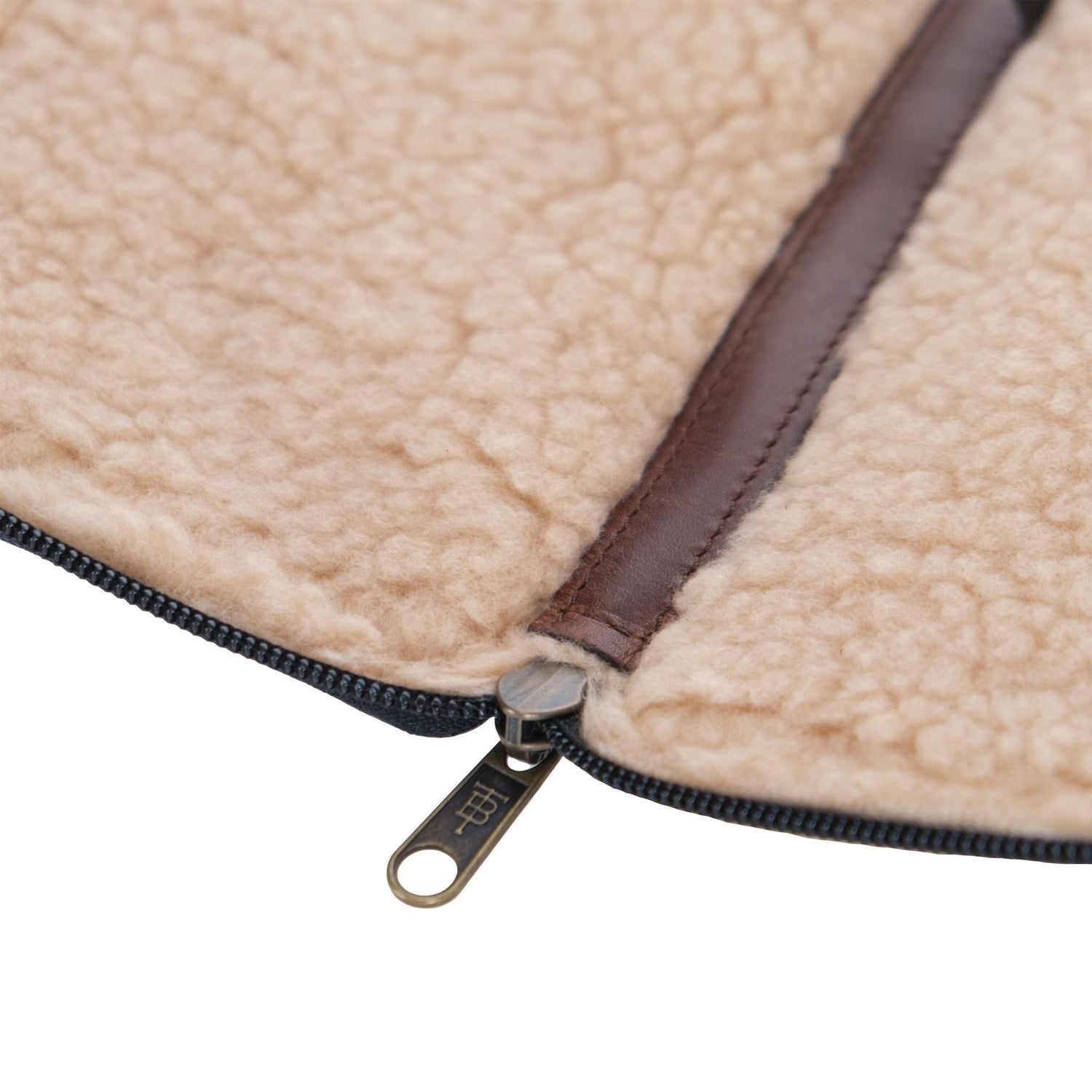The zip, snap, splash of downpour fishing
Zip, snap, splash. The sounds of my raincoat closing, my rod collapsing and the anchor dropping. It’s late afternoon in early summer. Bad weather is coming in quick. Birds calm down and wind picks up as bright sun slides behind dark clouds. We recognize the overpowering signs of wet trouble rumbling down the canyon, but we’re not rowing away from it.
Fair weather fishermen bailed when the first raindrop puckered the water’s surface. We stayed put because when it rains, it pours fish afterward. It’s true, but now the storm is bucketing ounces into our drift boat and I’m thinking we’re going to have to bail whether we stay or go. The garbage bucket is going to come in handy when this blows over.
We’re enduring the healthy dose of desert rain in an oared tub with our heads tucked inside rubber rain gear. Sounds unappealing to many, but I find a few moments in such a situation rejuvenating. Your eyes don’t do much with your head hidden, but your nose does. Wet earth smells divine. It’s so unique it makes your senses sing in a way the concrete jungle never will.
We patiently sniff the refreshing air and hold in hunker mode for 10 minutes then the burst passes. Unzip coat, rig rod and pull anchor. This is going to be good. Too bad no one else is here to see what happens after the storm. Then again, being the only weather brave, or weather crazed, souls out here makes the show that much better.
Bugs knocked down in the storm need a few minutes to dry their wings so I’m not casting yet, just watching the scenery float by. Tall grass that’s usually a dull, dry brown sweep is glimmering like gold straw on the banks. Wet aspen leaves are the green jewels sparkling over that gold and the blue ribbon between banks is no longer rocking with drops. It’s settling in the calm breeze that’s turning a few degrees warmer. The water is warming a bit too. That’s going to make the bugs dance.
A salmon fly lacking all the grace of a ballerina flutters from bush to water. That’s my wings-dry cue. I let out line and start chucking a Lawson’s salmon fly from the front of the drift boat.
We’re only five minutes behind the downpour so downstream still looks dark, but we’re pushing it and so are the fish. Four casts in and I hook my biggest brown trout of the year. I swing 22 inches to net and marvel at the spots, like raindrops, along its belly.
Zip, snap, splash. The sounds of a post rainstorm brown taking my fly, me taking a photo and the trout’s tail smacking the water on its way back in. All that happens before the drops on my rubber jacket disappear. That’s why rain gear is required in my boat.
Zip, snap, splash. The sounds of my raincoat closing, my rod collapsing and the anchor dropping. It’s late afternoon in early summer. Bad weather is coming in quick. Birds calm down and wind picks up as bright sun slides behind dark clouds. We recognize the overpowering signs of wet trouble rumbling down the canyon, but we’re not rowing away from it.
Fair weather fishermen bailed when the first raindrop puckered the water’s surface. We stayed put because when it rains, it pours fish afterward. It’s true, but now the storm is bucketing ounces into our drift boat and I’m thinking we’re going to have to bail whether we stay or go. The garbage bucket is going to come in handy when this blows over.
We’re enduring the healthy dose of desert rain in an oared tub with our heads tucked inside rubber rain gear. Sounds unappealing to many, but I find a few moments in such a situation rejuvenating. Your eyes don’t do much with your head hidden, but your nose does. Wet earth smells divine. It’s so unique it makes your senses sing in a way the concrete jungle never will.
We patiently sniff the refreshing air and hold in hunker mode for 10 minutes then the burst passes. Unzip coat, rig rod and pull anchor. This is going to be good. Too bad no one else is here to see what happens after the storm. Then again, being the only weather brave, or weather crazed, souls out here makes the show that much better.
Bugs knocked down in the storm need a few minutes to dry their wings so I’m not casting yet, just watching the scenery float by. Tall grass that’s usually a dull, dry brown sweep is glimmering like gold straw on the banks. Wet aspen leaves are the green jewels sparkling over that gold and the blue ribbon between banks is no longer rocking with drops. It’s settling in the calm breeze that’s turning a few degrees warmer. The water is warming a bit too. That’s going to make the bugs dance.
A salmon fly lacking all the grace of a ballerina flutters from bush to water. That’s my wings-dry cue. I let out line and start chucking a Lawson’s salmon fly from the front of the drift boat.
We’re only five minutes behind the downpour so downstream still looks dark, but we’re pushing it and so are the fish. Four casts in and I hook my biggest brown trout of the year. I swing 22 inches to net and marvel at the spots, like raindrops, along its belly.
Zip, snap, splash. The sounds of a post rainstorm brown taking my fly, me taking a photo and the trout’s tail smacking the water on its way back in. All that happens before the drops on my rubber jacket disappear. That’s why rain gear is required in my boat.
About the Author
Tight Line Media CEO Kris Millgate is a bold storyteller, but she wasn’t born brave. Millgate, an outdoor journalist born the same year as the Endangered Species Act, grew up painfully shy and afraid of beards. She spent a decade in TV news before starting Tight Line Media in 2006. With three decades of multimedia storytelling, the Emmy-winning reporter traverses the country in search of dynamic topics. She’s outgrown her shy side too. She talks to strangers daily and she hangs out with beards often.
Photography by Kris Millgate
Thunder bumpers are common in spring on Idaho’s Henry’s Fork of the Snake River.

















